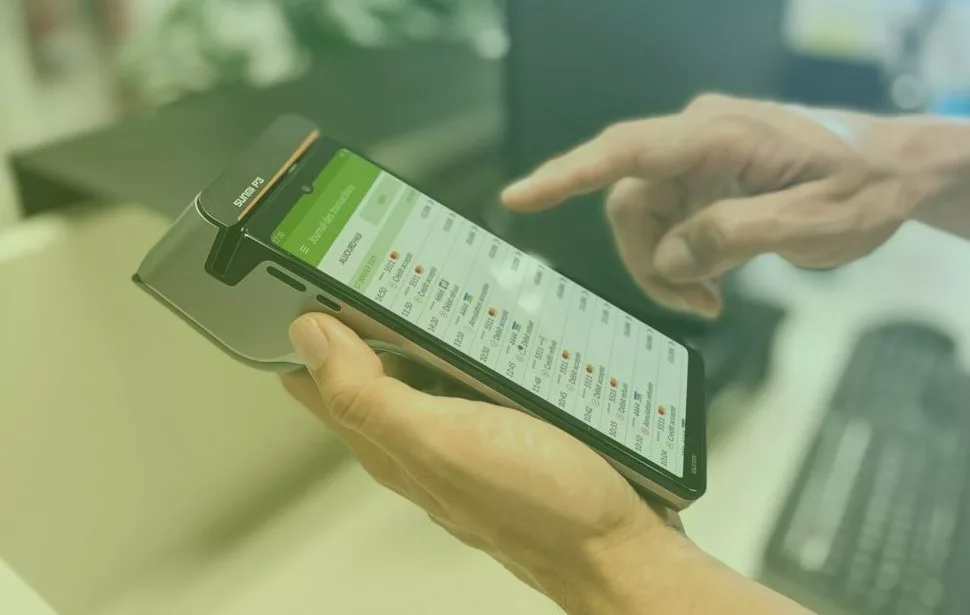The COVID-19 pandemic and the evolution of financial technologies (fintech) are challenging traditional payments. The reasons are clear: the fear that interaction with banknotes and coins could be a source of transmission of the virus led many businesses to ban them; the lockdown has boosted online shopping; large companies around the world have asked their customers to pay by card to reduce physical contact; digital payments provide a higher level of security and protection in purchases; and so on.
This situation has boosted the commitment of companies and consumers to digital channels, where fintech plays a very important role. Business models based on digital interactions and payments are on the rise, but which are the most used by eCommerce and consumers today?
The rise of digital payments around the world
Every day we come across news like these: “Half of users open the PayPal app to make transactions with cryptocurrencies”, “Banco Santander’s commitment to new forms of digital payment”, “The frequency of mobile payments is on the rise”.
In addition to being current news, they are also a clear reflection of the evolution that digital payments are undergoing in the world. Digitalisation has revolutionised everything from the way we buy products to the way we share expenses with friends. Convenience, speed, and security are some of the major advantages that make digital payments the most sought-after option for consumers.
Hence, it is becoming increasingly common to pay someone through Paym to share the cost of a meal, pay with your watch, or smile at the camera to finalise a purchase.
The virtual world is becoming the preferred platform for consumers to carry out their daily transactions, especially in the retail sector.
What are the most widely used digital payments today?
During 2020 and 2021, retail has seen a massive increase in contactless payments and the transition to eCommerce. Digital payments were already a reality before 2020, but have accelerated with the arrival of the pandemic. Below, we summarise the situation of payments by geographical area:
The United States
One of the big US trends in payments is the growth of contextual commerce: people can buy anything, anytime, anywhere, with the click of a button. It is no longer an initiative for the future of eCommerce, but for the present. As the Official Magazine of the Merchant Payments Ecosystem, Positivity, points out, “in the United States, social platforms such as Facebook, Instagram or Pinterest use references to eCommerce sites and are working on building their own payment experience for users.”
ECommerce accounts for more than 20% of total retail sales in advanced economies such as the US and the UK. Digital payments and remote transactions have grown in recent years, not only because of the pandemic effect but because of the convenience and security they bring. Platforms such as Google Wallet, PayPal, and Amazon Payments stand out.
Some of the latest developments in the US payments industry include:
- Google’s partnership with Wise and Western Union to offer international money transfer services through its payments app.
- International tech giants Google, Amazon, Apple, and Facebook have shown interest in the UPI (Unified Payments Interface). Google has used it to shift eCommerce payments in India from card-based to account-based. Its success has encouraged the US Fed (Federal Reserve Board) to take a similar approach in generating payment infrastructure.
Europe
A study by Positivity magazine on The Payments Ecosystem for Merchants states that “PSD2 and instant payments are accelerating innovation around Account-to-Account (A2A) payments in Europe. With digital wallets increasingly being linked to bank accounts, the popularity of bank transfers is moving beyond the strong share of direct payments.”
As in the US, social platforms such as Facebook, Instagram, or Pinterest are also working on building their own payment experience for users in Europe. Payment industry specialists highlight the change of acquisition in Europe. New market needs are complex and force us to re-evaluate the value proposition. Above all, we must provide customer value and help small businesses find flexible solutions without making a large or costly investment. (Irfan Rasmally)
As for the most used payment methods, “payment by invoice has been and continues to be widespread in the DACH region, where merchants allow consumers to first choose and try products from catalogues and pay for them afterwards.” According to the German EHI Retail Institute’s latest report on online payments, “34% of eCommerce sales in 2020 were paid after delivery (invoice payment).
This form of payment is very popular in Europe, Australia and the United States, but it is very likely to spread to the Middle East, Southeast Asia and Africa, where new players are emerging.
United Kingdom
It is the third largest eCommerce marketplace in the world. According to ICEX, the use of BNPL payment systems and digital wallets is increasing. This growth has been driven by online sales via mobile devices (13% YoY), computers (6% YoY) and BNPL payment services, such as AfterPay or Klarna. “The latter is the fastest growing online payment method in the region, doubling the annual growth rate of bank transfers and tripling that of digital wallets.”
An example is AfterPay’s business model, which allows a purchase to be made without having paid for the goods. The customer receives payment instructions, can pay through the consumer portal/App or by bank transfer. In addition, he can pause the payment or convert it into an instalment payment plan.
Open banking strategies are worth noting. The UK has been very proactive in this area compared to Continental European countries, thanks to the work of fintech and the opening of the market.
As for cash, it is thought to account for only 7% of in-store purchases by 2024, according to Worldpay.
China
More than 850 million people use mobile payments, on average three times a day, in China. Of this total, 85% are via QR codes. An example of the expansion of its initiatives: Tencent has partnered with Amsterdam Schiphol Airport to enable Chinese customers to make purchases via WeChat Pay.
It is striking how Chinese consumers, particularly millennials, are increasingly digital. For several years now, payments have been made almost exclusively by scanning QR codes. Despite the COVID-19 pandemic, China has not slowed the growth of Chinese digital consumption. On the contrary, it has seen a growth in digitalisation both in eCommerce and in the adoption of mobile payments, the transformation of traditional businesses and grocery shopping.
Experts such as Jonathan Quin, Chief Strategy Officer at Ant Group and Alipay, believe that businesses in the rest of the world should be prepared to quickly pick up these consumer trends amid a global recovery that, according to the OECD, will be led by developing economies in Asia.
Conclusions on the most widely used digital payments
In general, credit or debit cards, mobile payments, QR code payments and superapps are some of the most widely used methods globally, but there are important differences between the most used payments by country. For example, Sweden is the European country with the least cash, while Spain is the most cash-rich region in the Eurozone.
Issues such as friction in transactions or lack of compatibility between devices and NFC are still relevant. At the same time, a large part of society still opts for physical payments.
However, the payment industry is moving towards digitalisation. Technology has changed the rules of the game for merchants. Not only has it opened up new markets, but it has also changed consumers behaviour, creating new opportunities. There is still a long way to go, but privacy, security and convenience will continue to lead the way for digital payments.
While in Europe, the number of users joining digital payments is growing and legislation is being strengthened through the adoption of PSD2, in Africa, payments by phone are increasing, in Latin America, QR code payments and contactless technology are growing in popularity, and in Asia, mobile payment apps that allow bill payments or in-store purchases are gaining traction.
Do you have questions about the commonly used digital payments? At PayXpert, we can help you.




